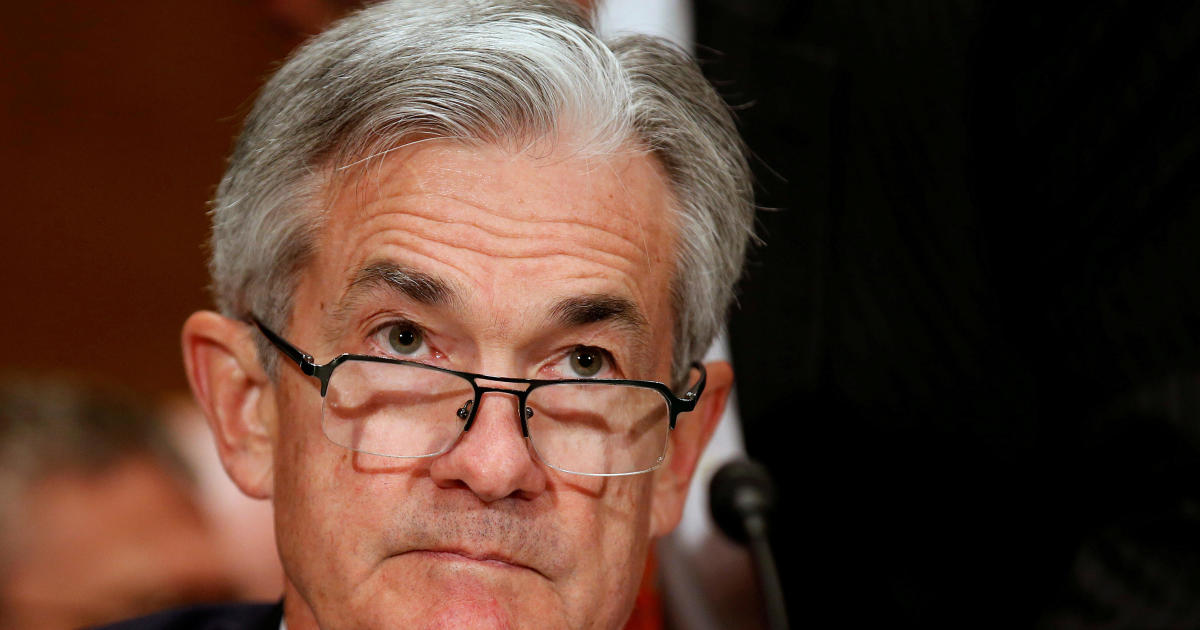
The Federal Reserve on Wednesday raised a key interest rate for the third time this year, indicating the central bank’s view that the economy is on solid ground.
“Job gains have been strong, on average, in recent months, and the unemployment rate has stayed low. Household spending and business fixed investment have grown strongly,” the Fed’s rate-setting body said in a statement that used a variant of the word “strong” five times.
Fed policymakers have upgraded their assessment of the economy, with GDP growth forecast to hit 3.1 percent for the year, up from a previous forecast of 2.8 percent, according to new economic projections released Wednesday. Long-term GDP remains unchanged, however, with a 2 percent growth rate expected in 2020 and later.
The Fed also expects the unemployment rate next year to dip to 3.5 percent — that would be the lowest jobless rate since 1969. Inflation, on the other hand, is projected to stay around 2 percent, said Chairman Jay Powell.
“The Fed continues to be very much focused on strong domestic conditions and neither trade concerns nor recent emerging market turbulence affected today’s decision,” Robert Sierra, director at Fitch Ratings, said in a research note.
The target federal funds rate is now between 2 and 2.25 percent. It is the eighth time the Fed has hiked rates since it started to raise them in late 2015. Most economists expect the Federal Open Market Committee to again hike rates in December.
Speaking to reporters, Powell said a budding U.S. trade war with China and other countries has yet to have an impact on consumers, but warned that it could eventually push up prices.
“You could see retail prices moving up,” he said. “The tariffs might provide a basis for companies to raise prices.” But, he added, “we’re not seeing it yet.”
© 2018 CBS Interactive Inc.. All Rights Reserved.
